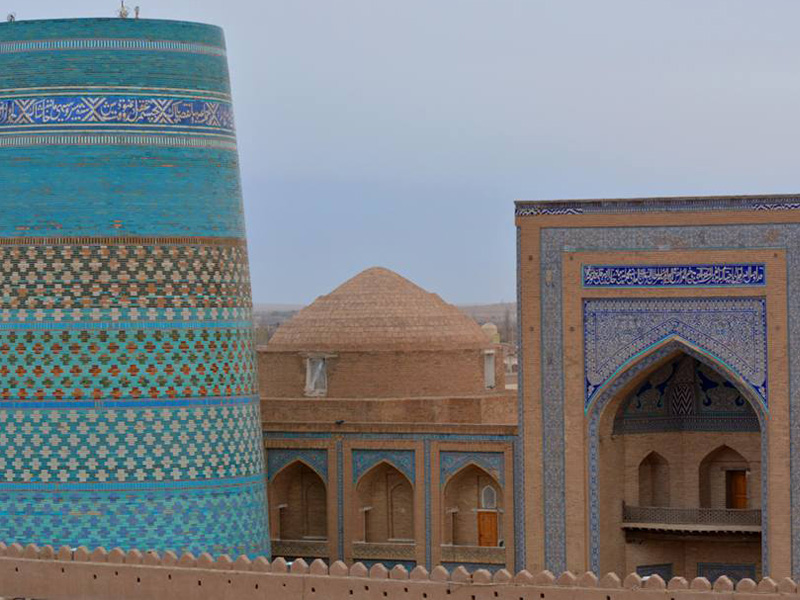



Attraction

Recreation

Of special interest are the various types of dress and headdress of Khorezmians-Khivans, which differ from those of other Uzbeks. Khivan dwellings, in particular the estates-khauli, based on the medieval model, have preserved the specific Khivan characteristics.
Ethnographers have collected valuable material about the patriarchal family structure of Khiva, the ancient religions and revered social institutions. Many of these archaic features still exist today. In the recent past, the meeting of honourable figures» (Council of the Oldest) of elat kengash, headed by its leader (katkhud) were held. The katkhud together with the most respected old men (yashut) not only led all community life, but were also the faithful keepers of the old traditions and customs. In the female environment of the elat (kauni) the personage of the oldest woman (kaivani) corresponds to katkhud. During holidays and family parties (to) guests were served by specially chosen people: paikat for men, khoditn for women.
In cultural life of the Khivan people, the cult of saints, the origin of which was deep in ancient times, has an important place. Such holy citizens of Khiva as Hadjmiddin Kubra, az-Zamakhshari, Sultan Vais, Ismamut-ata, Usuf Khamadani, Pakhlavan Makhmud are still revered today. Holy Pakhlavan Makhmud is especially recognized as a patron of Khiva.
Annual saints-days (saiit) were of great significance in the cultural life of the Khivan people. An especially sacred saiit was celebrated during New Year — Navruz. The Khivan khan himself took part in it, along with his court. On this holiday, famous singers and dancers, story-tellers (bakhshi) and poets, ropewalkers, and clowns (maskaraboz) demonstrated their art and skill, and contests of wrestlers, and ram fights and cockfights took place. The Khivan people celebrated their family holidays with the aid of singers and dancers. In Khorezm the most popular folk dance is still Khiva lazgi; the elements of this original dance go back to warrior dances of the saks-massagets. Wonderful female ensembles of Khivan halvari, performers of lyric and heroic songs through skilful dance to the accompaniment of the accordion and doira are typical only for this region. The source of this dance is probably represented in the wall painting found in Topraq-Kala. Aspects of the Khivan are probably derived from the celebration of many festivities, devoted to saint Anakhita, and colorfully described by the great Biruni. The folklore and poetry of the Khivan people is especially rich. In its epics (dastan) performed by bakhshi, one hears echoes of skif-sarmat and the Massaged epoch.
Art chronicles the ages of Khiva. The unique highly artistic works of Khivan architects, the jewellery and ceramics of its modern masters stand in the heritage of many centuries of creative activity, confirming again the fine artistic taste and skills of Khorezmians. The canons and techniques of ancient and the medieval art, transferred from generation to generation, live on in the works of today.